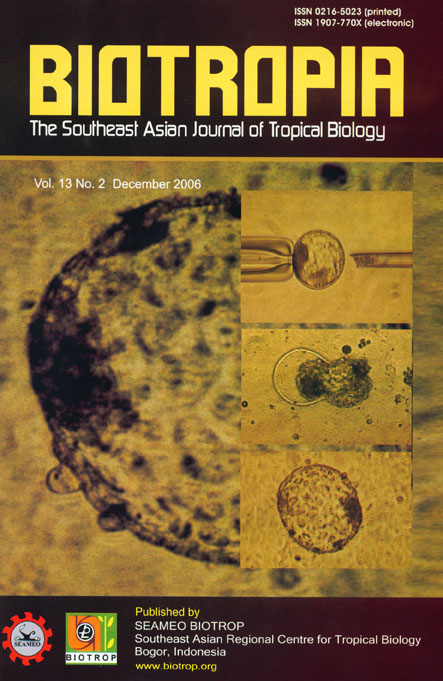
Tags
BACTERIAL COMMUNITY SHIFTS OF A HIGH MOUNTAIN LAKE IN RESPONSE TO VARIABLE SIMULATED CONDITIONS: AVAILABILITY OF NUTRIENTS, LIGHT AND OXYGEN
Content Language : English

We studied bacterial population composition shifts by exposing natural water samples to variable simulated environmental conditions.
The samples were taken from Lake Jori XIII (2640 m a.s.l), an oligo-to mesotrophic cold freshwater lake, located in the eastern Swiss
Alps. The Jori lakes are characterized as remote, unpolluted high mountain lakes with a long period of ice cover and typically low
nutrient concentrations. Culture independent techniques (PCR-based analyses) were used for detection and molecular
characterization of a large number of bacteria most of which are still uncultivable. Bacterial community shifts over three ecological
conditions (nutrients, light and oxygen availability) were detected by using Temporal Temperature gradient Gel Electrophoresis (TTGE)
of a PCR-amplified part of the 16S rRNA gene. The bacterial populations responded differently to the variable conditions, as
revealed by TTGE pattern shifts during the experiment.
Link

This work is licensed under a Creative Commons Attribution-NonCommercial-NoDerivatives 4.0 International License.
